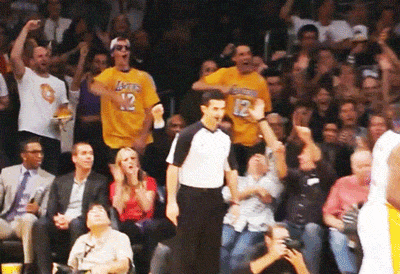I just saw this video as I was sifting through short films to use for class next semester. I thought it was really interesting given our recent reading of Multimodality and discussions of visual rhetoric over the semester. I posted the text from the original site below, but check out the link to see the interactive experience.
http://www.shortoftheweek.com/2011/06/18/welcome-to-pine-point/
Welcome to Pine Point
A REMARKABLE INTERACTIVE MEDIA EXPERIENCE ABOUT A TOWN THAT’S NO LONGER ON THE MAP, BUT IS NOT FORGOTTEN.
Though it’s been out for a while, NFB’s interactive documentary, Welcome to Pine Point, certainly deserves more recognition.
It’s a story about an abandoned Canadian mining town that sprang up from nowhere, existed for a generation, and then was completely erased from the face of the earth. It tells of the profound impact the town had on a generation of children and neighbors who now feel as if their origins were somehow all a dream. Pine Point is a place that now exists only in memories—memories that tend to erase the bad. It’s become a utopia, a bittersweet home they can never return to.
Welcome to Pine Point is a part of NFB/Interactive—a great collection of interactive stories from Canadian perspectives. Interactive storytelling is still in its infancy and more often than not mishandled. But Welcome toPine Point represents itself beautifully as a scrapbook of yearbook photos, film footage, interviews, and a haunting soundtrack. Thanks to the care taken by its creators, The Goggles (Paul Shoebridge & Michael Simons), the end result is one of the more touching documentaries you’ll experience in a long time.
It’s a story about an abandoned Canadian mining town that sprang up from nowhere, existed for a generation, and then was completely erased from the face of the earth. It tells of the profound impact the town had on a generation of children and neighbors who now feel as if their origins were somehow all a dream. Pine Point is a place that now exists only in memories—memories that tend to erase the bad. It’s become a utopia, a bittersweet home they can never return to.
Welcome to Pine Point is a part of NFB/Interactive—a great collection of interactive stories from Canadian perspectives. Interactive storytelling is still in its infancy and more often than not mishandled. But Welcome toPine Point represents itself beautifully as a scrapbook of yearbook photos, film footage, interviews, and a haunting soundtrack. Thanks to the care taken by its creators, The Goggles (Paul Shoebridge & Michael Simons), the end result is one of the more touching documentaries you’ll experience in a long time.



